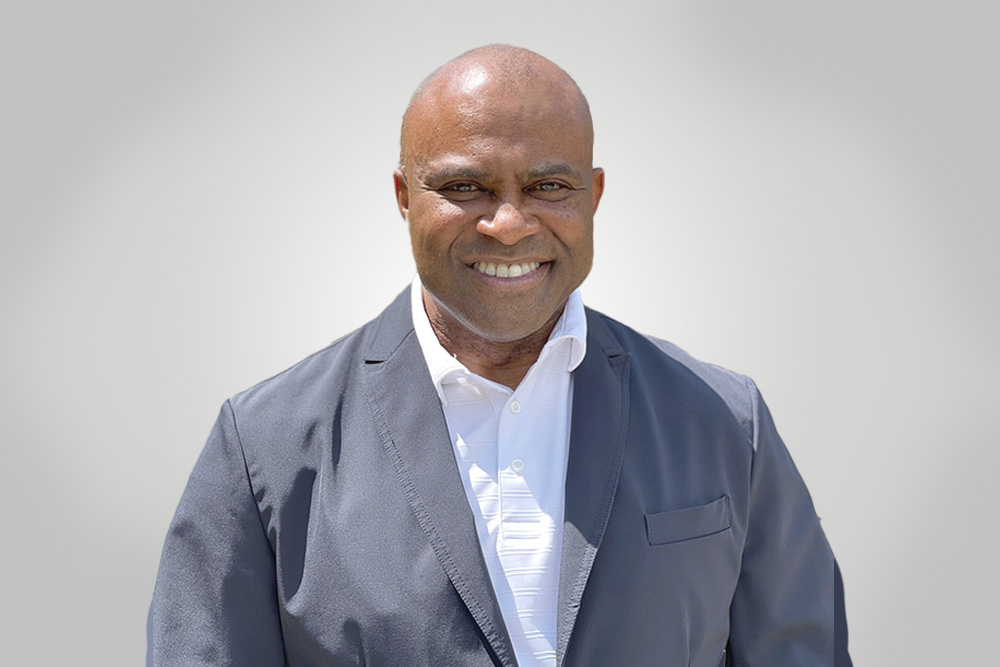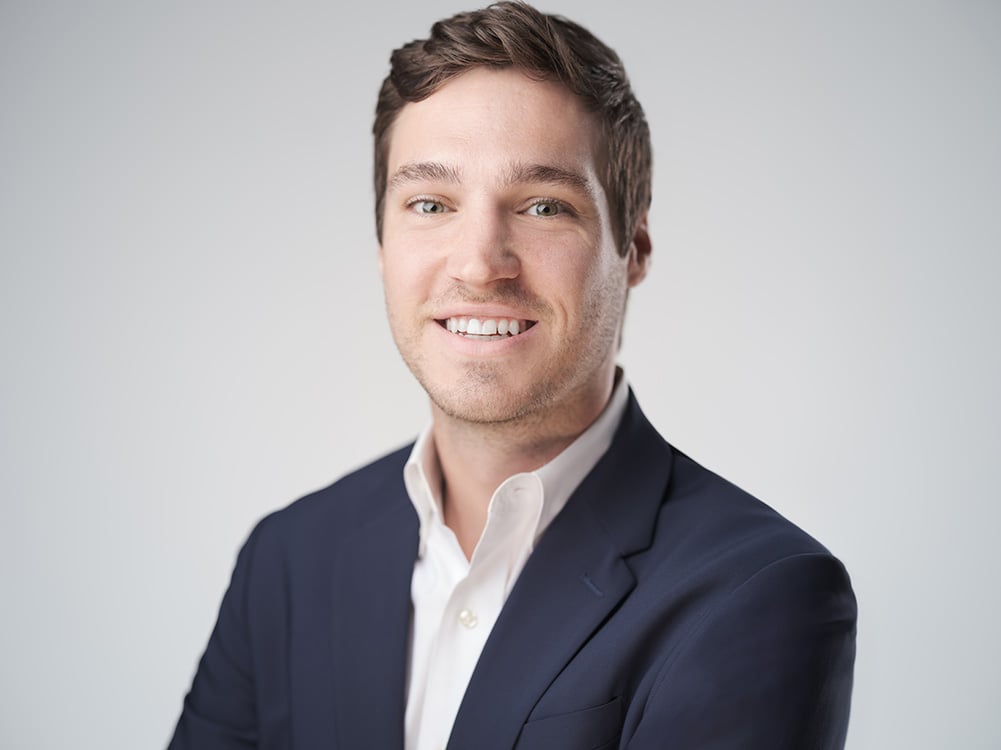Whether in public service or the private sector, leadership principles endure and are key to guiding high-performing teams. Most recently, as the former executive director of the Florida Department of Economic Opportunity, and before that, at Visit Florida and the Department of Business and Professional Regulation, Ken Lawson has led sprawling organizations amid growth and change. During his time at the Department of Economic Opportunity, Lawson was tasked with overseeing the state’s unemployment system amid the COVID-19 pandemic. He’s also served at the U.S. Treasury Department and as the interim executive director of the North Carolina Outward Bound School.
Following decades in public service, starting in the United States Marine Corps, then as the Assistant Secretary of Enforcement at the U.S. Treasury Department before returning to his home state to lead each of Florida’s three statewide economic development agencies for more than a decade combined, Ken Lawson has joined McChrystal Group as a Senior Advisor. In the following Q&A, Lawson discusses his approach to leadership, cultivating change among teams at large organizations and finding time to recharge and turn his focus inward so he can lead effectively.
Q: What about your experience in public service do you carry with you today as you interact with organizations throughout the public and private sectors?
A: The most important experiences I carry with me are demonstrating servant leadership and accountability. These are integral parts of me and values that I learned at an early age from my grandfather. My grandfather was a school principal during segregation and then a vice principal during integration. Growing up and until the time he passed, we talked about responsibility, and specifically my service to our community and to our country. He impressed within me that I was personally accountable for leading whatever team or organization I would lead and to do so with grace and a focus on results. He was a role model and an incredible mentor to me.
His belief in and a strong commitment to service led me to become a lawyer, a Marine, a prosecutor, and have the privilege of a presidential appointment to the U.S. Department of Treasury, working with federal law enforcement agencies. This path towards servant leadership prepared me for the last 11 years and allowed me to truly pour my values into leading each of Florida’s three economic development agencies at different times, including the Florida Department of Business and Professional Regulation (Florida’s business licensing and regulatory agency), VISIT FLORIDA (Florida’s tourism office) and the Department of Economic Opportunity (Florida’s economic development agency).
From each of my professional experiences leading state agencies with staffs of as little as 130 to as many as 1600, I expressed my core values every day by “showing up” in my employees’ professional lives. This creates a strong, inclusive culture that worked hard toward clear, measurable results.
Q: You’ve come in as a leader to various agencies or organizations and been tapped with leading change. How do you enter as a leader and cultivate buy-in among the team?
A: The very first day, it’s important to go in and say, “I don’t know everything, but I’m committed.” I just don’t want to bring my culture. In each organization that I have led, from day one, I expressed my need to work together and establish that their help, input, and guidance were important. I always demonstrated that it was my job to earn their respect through my daily actions. This is done through actively listening to your people to understand the organization’s needs.
Active listening leads to more seamless integration into an existing culture and working together to evolve and improve team performance. Although change can create fear, this fear was dampened by taking a deliberate and open approach to blending my vision and my team’s insights toward necessary improvements. I believe that consistently establishing trust and open lines of communication is how to best navigate the landscape to address challenges while working with the team to expand and grow.
Q: Is there a certain amount of time that you’ve seen when talking about change within teams where you start to see progress or a turning point?
A: I’ve found that it’s not necessarily a time frame because a lot depends on the size of the team and organization, it’s more about achieving a sense of critical mass when people are willing to really face up to the problem that’s in front of them.
At one of the state agencies in Florida that I led, it was experiencing a crisis that had been building over years, so it took nearly a year for them to really understand the need to change the ways in which they were operating. So you can’t say it’s three months, 12 months, or two years. You have to get to the heart of the problem and speak the truth.
Q: There is a lot of conversation these days about burnout. How do you, as a leader, find time to turn your focus inward and do the resetting and restorative actions needed to perform at a high level?
A: I know that Burnout Is Real for both a leader and a leader’s team. Today’s world is both fast-paced and demanding, and a leader must make it safe for everyone to recharge his or her batteries. We must understand and remember that we are human beings. Regardless of our professional roles, our strengths also come from knowing when to pull back and restore oneself.
An example of something I am doing to reset and take time away from my normal routine is going with the Minnesota Outward Bound School in March on an eight-day dog sledding trek. This is an amazing opportunity to gain experience on how to lead and operate a different type of team in a unique setting. Whether it is climbing Mt. Rainer, wandering around a bookstore, or not taking myself so seriously, these opportunities have been restorative to my soul and spirit.




